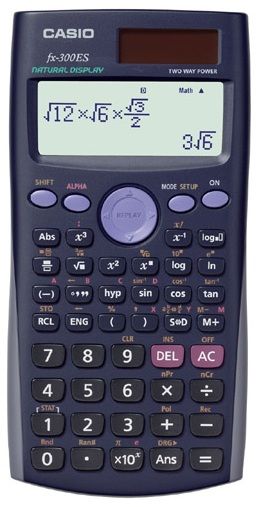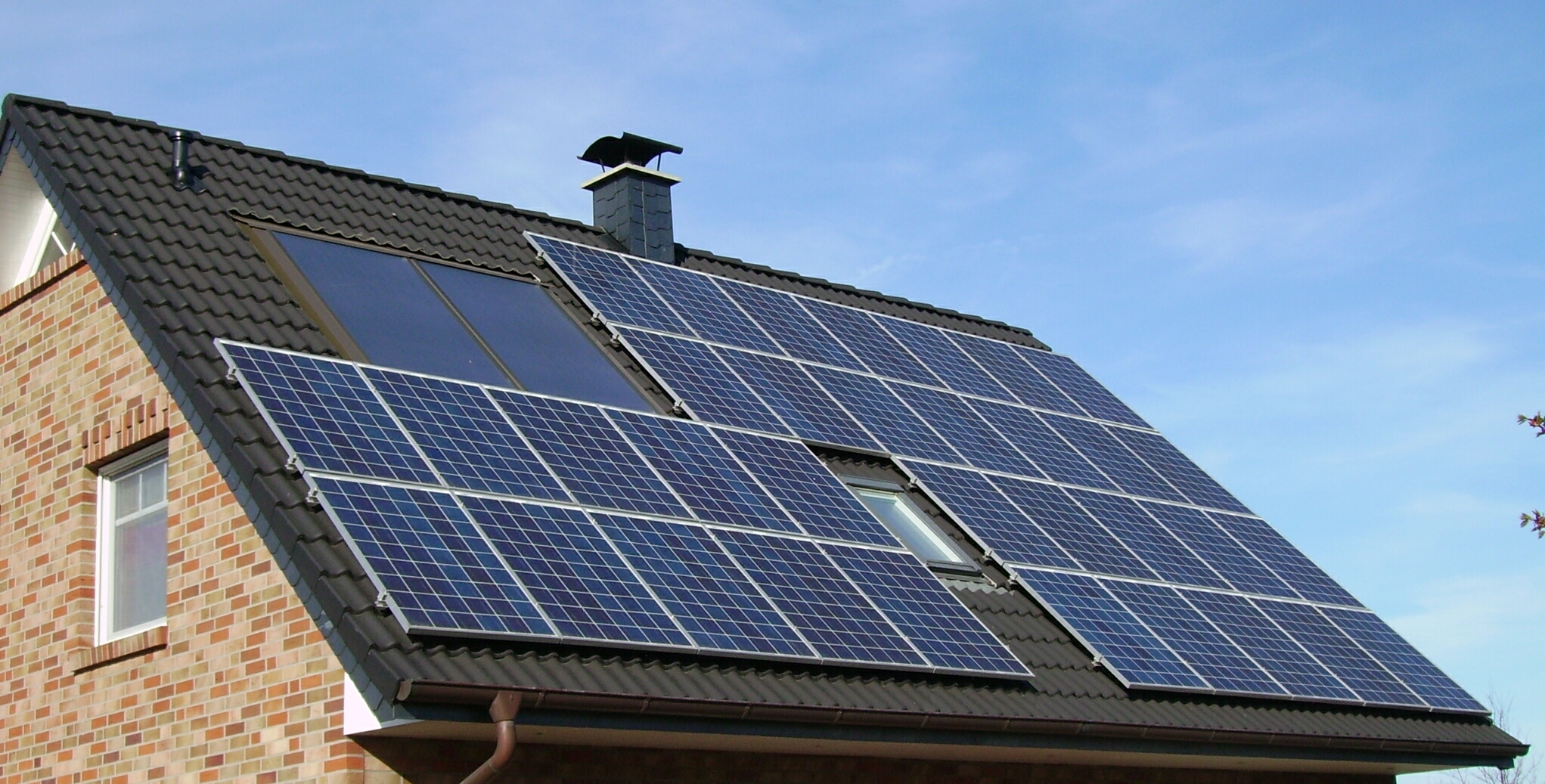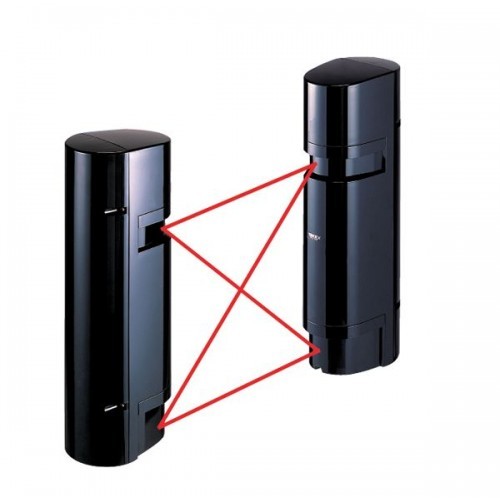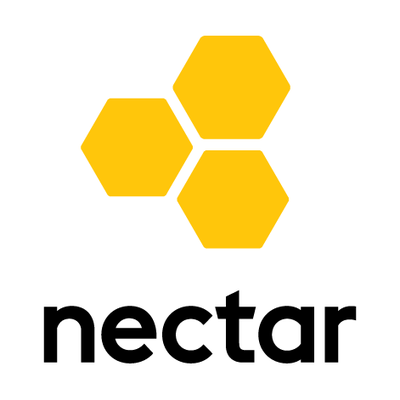Understanding the photoelectric effect has many useful applications. One of the most obvious examples is the production of photovoltaic cells (commonly referred to as solar cells) that are involved in harnessing solar energy. They convert energy from the sun into electricity (check out our Solar Hot Water experiment) that can be used for a range of things.
How do they work?
These cells produce electricity and work on the basic principle of light striking the cathode, which is a positively charged electrode. This causes the emission of electrons, which in turn produces a current. Below is a short video that animates the process.
Why not use it to power everything?
Every second, the sun emits about 3.86 x 1026 Joules of energy. A lot of it goes off into space, but about 1.74 x 1017 watts strikes the earth. If there are no clouds in the way, then one square meter of the earth will receive about one kilowatt of that energy. So for the six hours in the middle of a sunny day, an area the size of a small backyard swimming pool (48 m2) will receive about 288 kilowatts of energy. That’s nearly 10 times what the average US household uses in an entire day! (In the United States, the average daily electricity use is around 30 kilowatt hours per household).
The problem is that solar panels are not 100% efficient, meaning that they don’t convert all the energy that hits them into useful electricity. In fact, solar panels hardly even reach 20% efficiency, so the challenge is to increase this efficiency to make harnessing solar energy more viable.
Discussion: What are some of the arguments, for and against, the use of solar panels?








